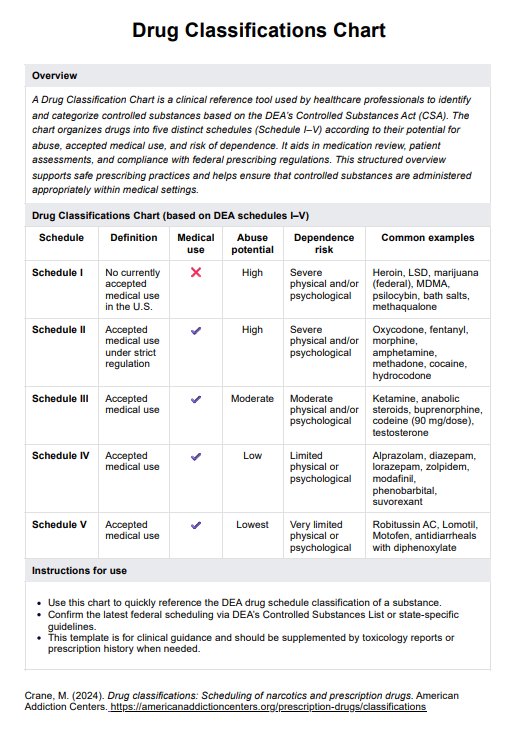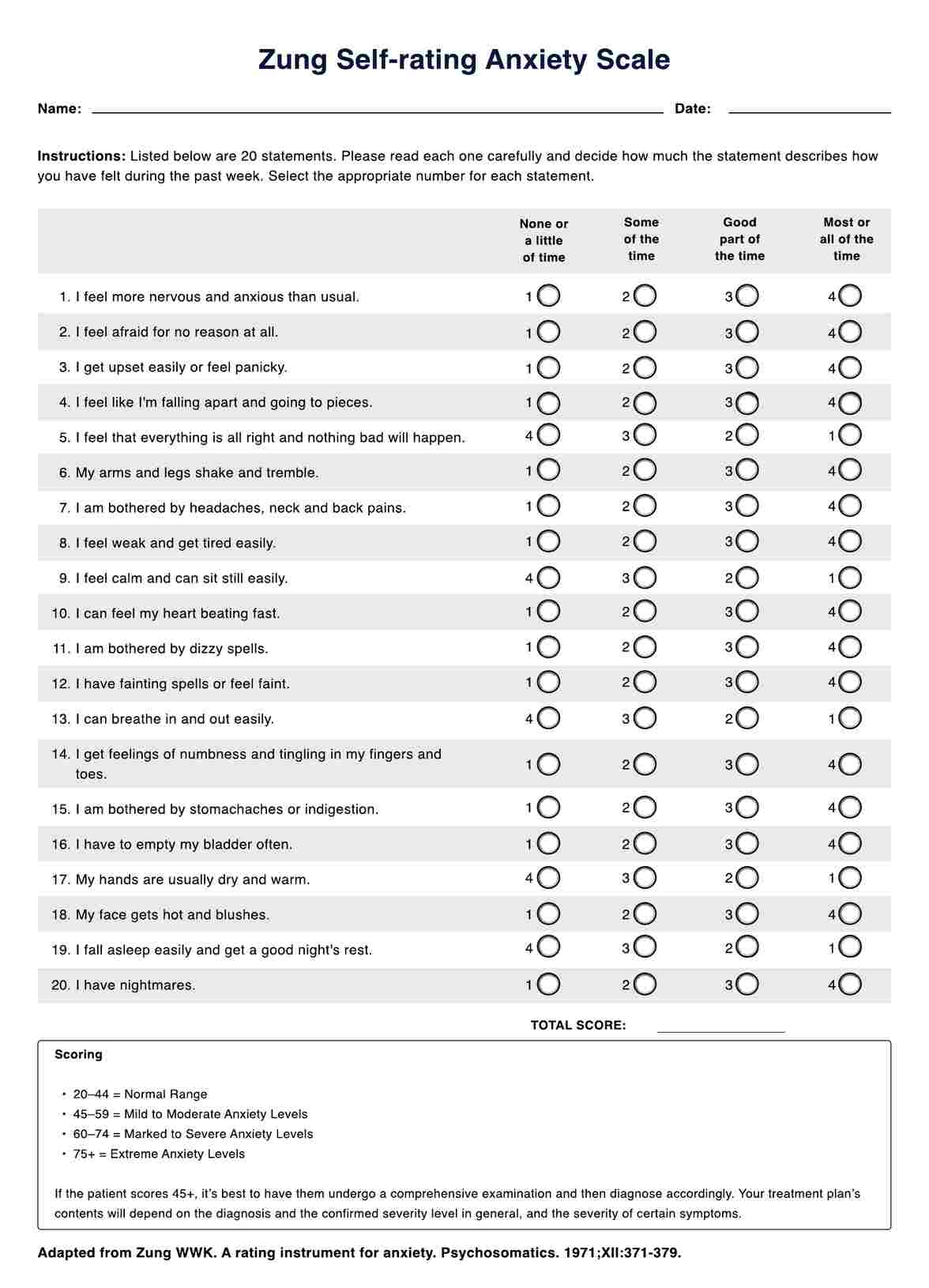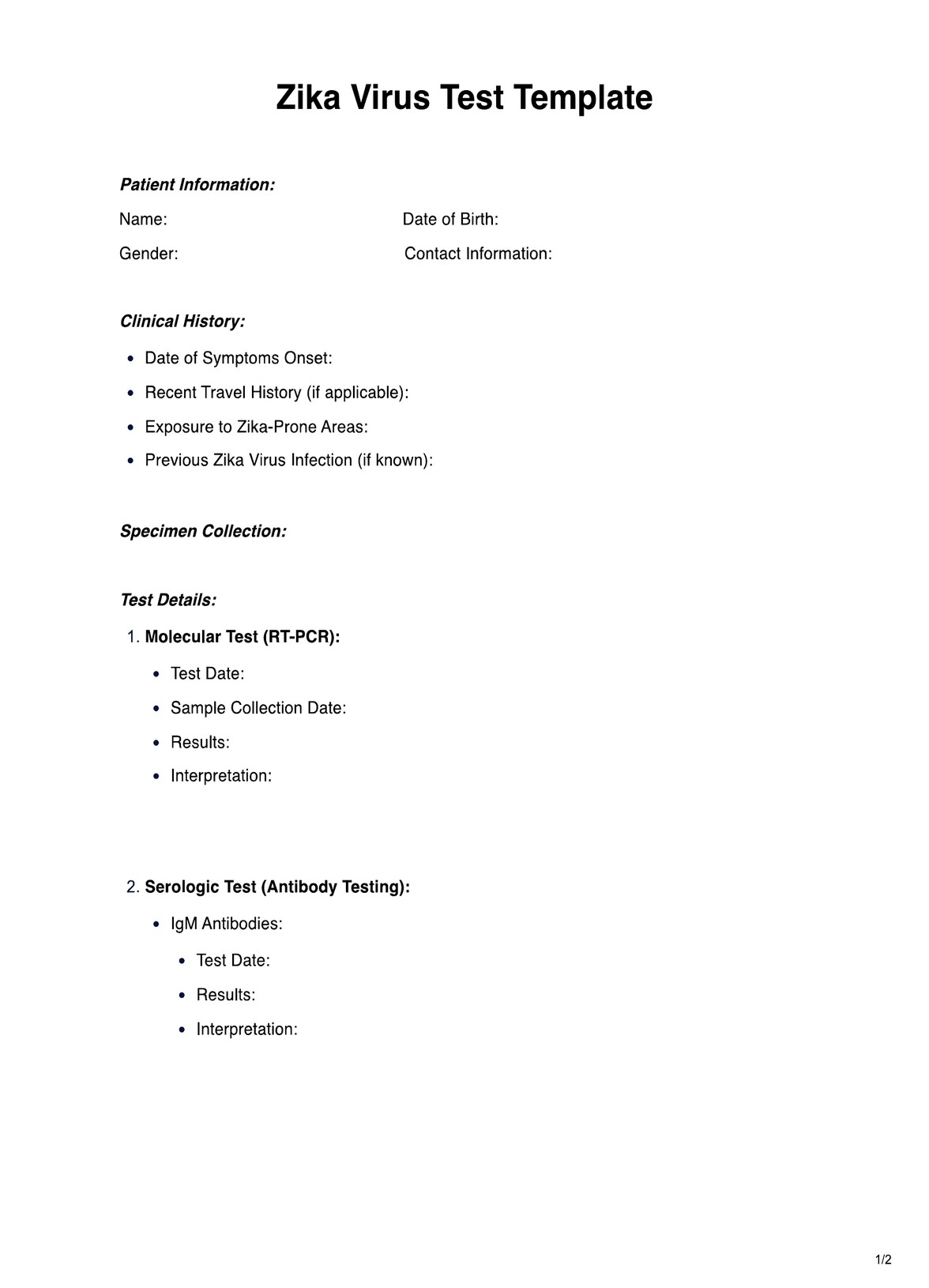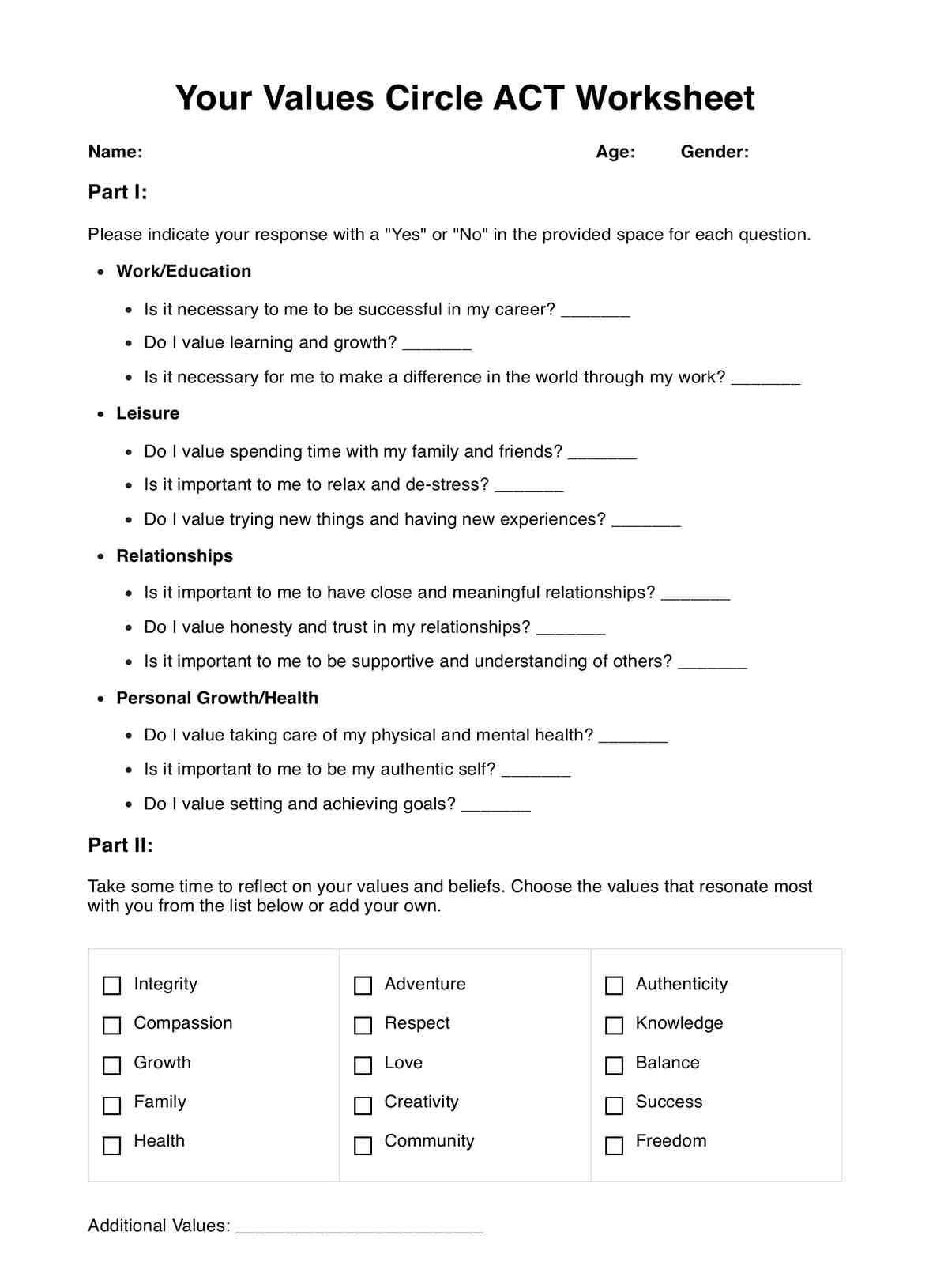Templates are typically created using standardized forms provided by insurance companies or healthcare organizations. Electronic templates can be generated using billing software, ensuring accurate and consistent documentation.

Insurance Claim Template
Simplify healthcare billing with our user-friendly Insurance Claim Template. Expedite reimbursement and ensure accuracy. Streamline the claims process.
Insurance Claim Template Template
Commonly asked questions
Templates are used when healthcare providers seek reimbursement for medical services. They are employed during routine patient visits, procedural interventions, prescription and medication management, diagnostic testing, and various healthcare services.
Users, such as healthcare providers, fill out templates with patient details, treatment information, costs, and supporting documents. These templates streamline the claims process, ensuring accurate and comprehensive submissions to insurance companies.
EHR and practice management software
Get started for free
*No credit card required
Free
$0/usd
Unlimited clients
Telehealth
1GB of storage
Client portal text
Automated billing and online payments











